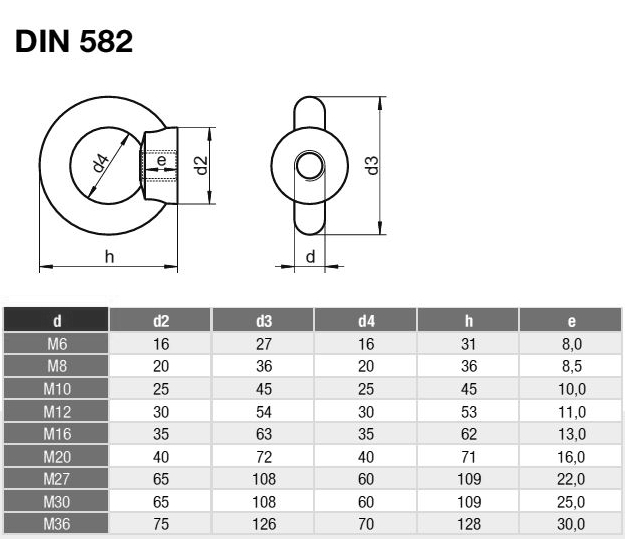News
11月 . 09, 2024 14:48 Back to list
Exploring Various Types of Wire Thimbles and Their Uses in Different Applications
Understanding Wire Thimble Types A Comprehensive Guide
Wire thimbles are essential components used in various applications, particularly in the marine, construction, and rigging industries. These small but sturdy devices play a critical role in protecting cable or wire rope from wear and tear, ensuring longevity and safety in operations. With several types of wire thimbles available on the market, it's crucial to understand their functions and applications to make the right choice for specific tasks.
What is a Wire Thimble?
A wire thimble is a U-shaped metal or plastic device that is used to reinforce the loop created in a wire rope or cable when it is terminated. By providing a smooth, rounded surface, thimbles help distribute loads evenly, reducing the risk of fraying and increasing the durability of the wire rope. They are often used in conjunction with ferrules or other fittings to create secure loops.
Common Types of Wire Thimbles
1. Steel Thimbles These are the most common type of wire thimble, made from galvanized or stainless steel to resist corrosion and withstand harsh environments. Steel thimbles are often used in marine applications, as well as in construction, due to their strength and durability.
2. Plastic Thimbles Lightweight and corrosion-resistant, plastic thimbles are suitable for applications with lower loads or in environments where rust is a concern. They are commonly used in lighter-duty rigging and can be a cost-effective option.
3. Bronze Thimbles Known for their resistance to corrosion and saltwater, bronze thimbles are ideal for maritime applications. They offer a balance between strength and weight, making them popular in marine rigging and sailboat applications.
4. Aluminum Thimbles These thimbles are lightweight and have excellent corrosion resistance, making them suitable for specific applications, such as in racing boats or when weight savings are crucial. However, they may not offer the same strength as steel counterparts.
wire thimble types

5. Heavy-Duty Thimbles Designed for extreme load-bearing applications, heavy-duty thimbles are usually made from thicker steel and treated to resist wear. These are ideal for industrial applications where safety and longevity are critical.
Key Factors to Consider When Choosing Wire Thimbles
1. Material The material chosen should align with the operational environment. For example, if the thimble will be used in saltwater, stainless steel or bronze is preferable to prevent corrosion.
2. Load Capacity Understanding the maximum load the wire rope will bear is crucial. Each type of thimble has specific load ratings, and choosing one that meets or exceeds the requirements is vital for safety.
3. Size Thimbles come in various sizes, and it’s essential to select a thimble that fits the diameter of the wire rope or cable being used. An inappropriate fit can lead to failure in applications.
4. Application Type Consider the specific application. Thimbles used in marine environments may need different properties than those used in construction or agricultural contexts.
Conclusion
Wire thimbles, although small, play a significant role in enhancing the performance and safety of wire ropes and cables in various applications. By understanding the different types available, their materials, and key selection criteria, users can make informed decisions that will ensure the longevity and efficacy of their rigging systems. Whether for marine use, construction, or other industries, selecting the right wire thimble can significantly impact the success and safety of any project. Always remember to consult professional advice when in doubt, to ensure that your selection meets the specific demands of your intended use.
